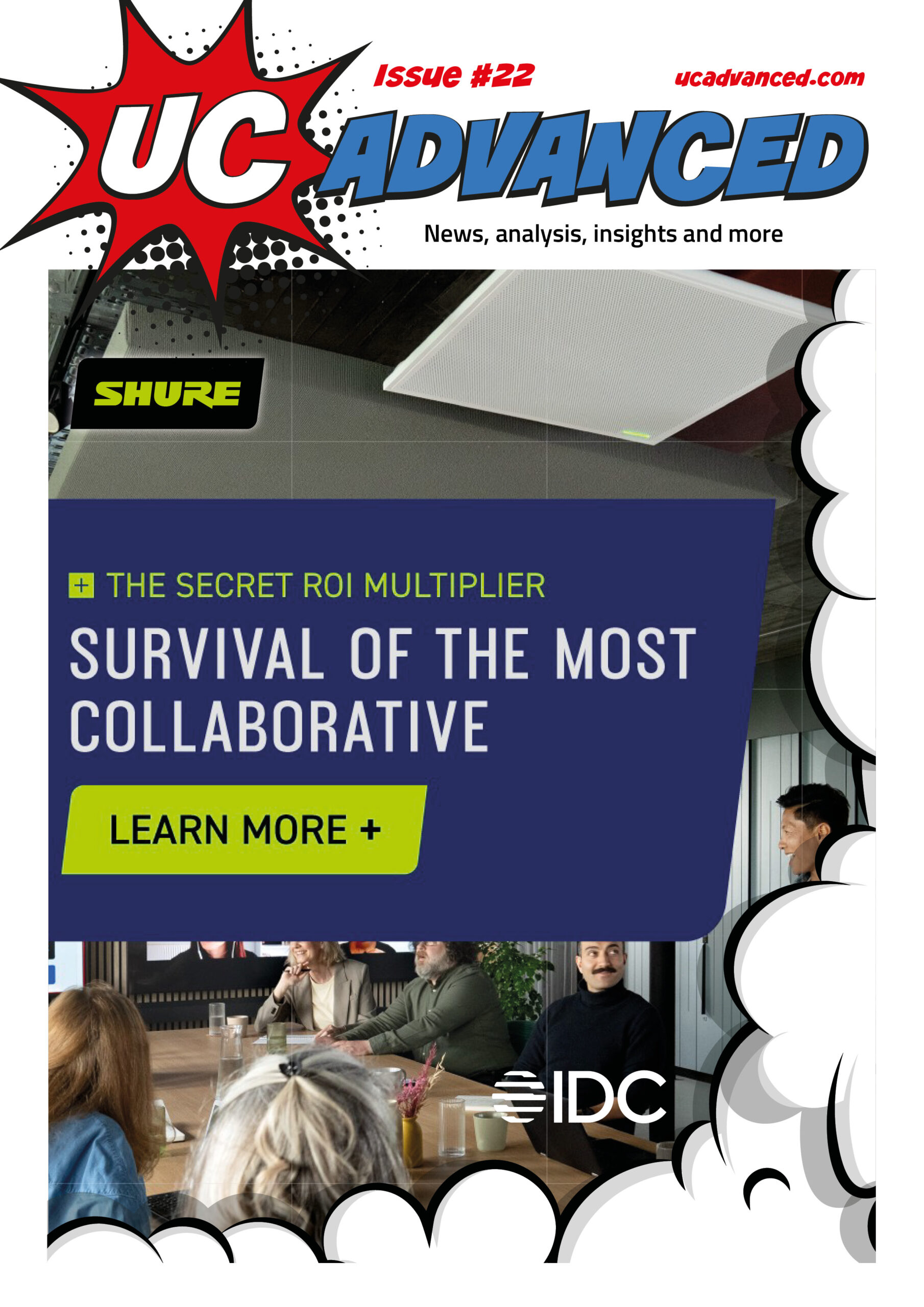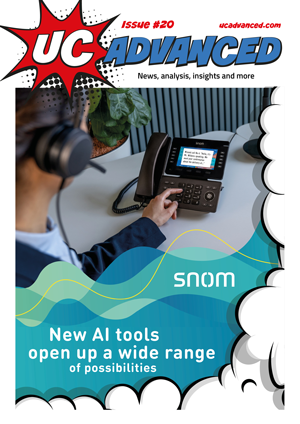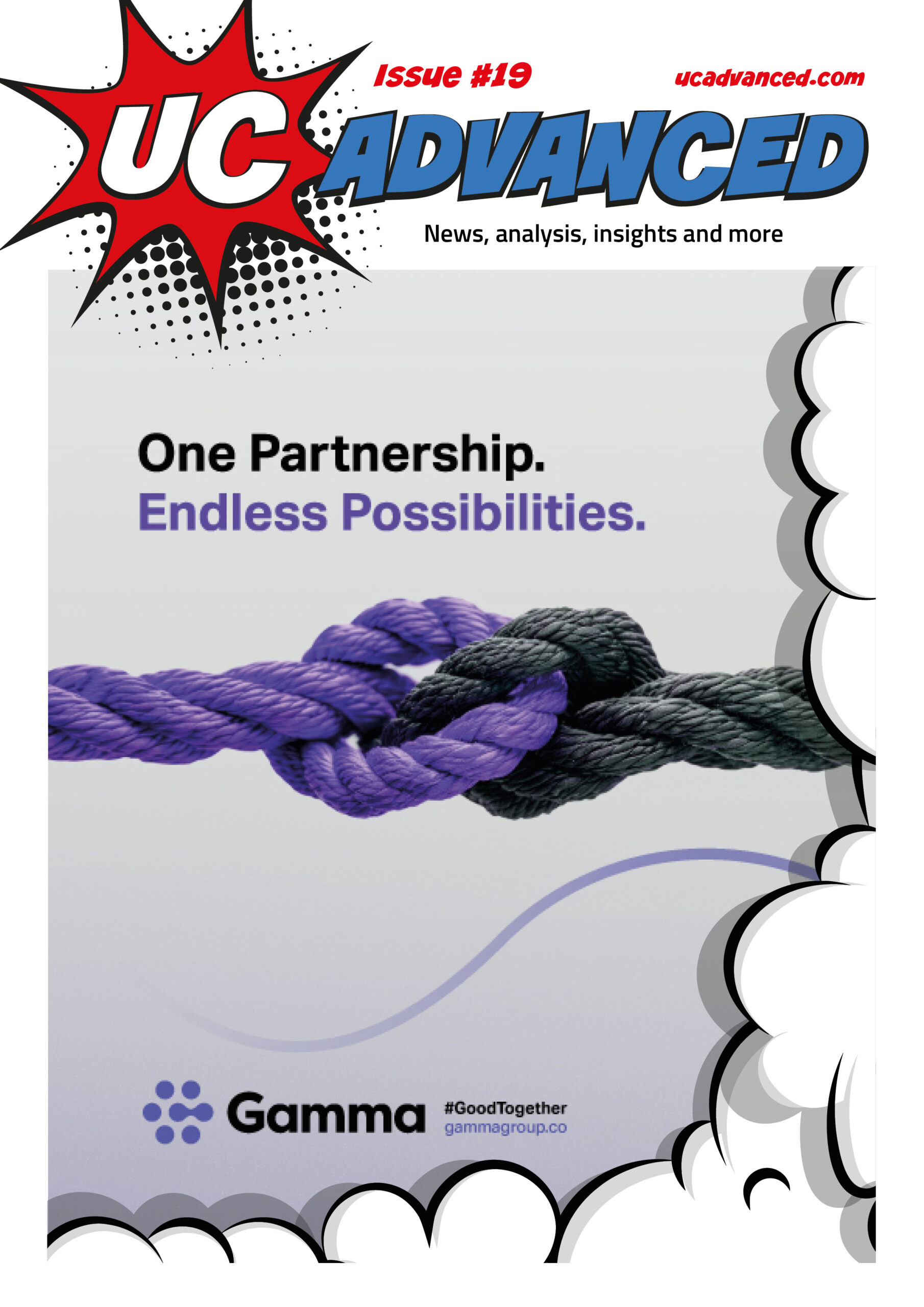Legal is one of the more elusive industries for UC providers. So how is the Legal industry embracing the cloud? Although everyone needs a phone and a broadband connection, being able to crack into the legal industry is often the hardest task.
The traditional arguments of virtual conferencing, analysing employee interactions, and integrating into cloud systems don’t always work. After all, for years the legal profession has been dominated by face-to-face negotiations, late hours in the office, and binders brimming with legal papers.
Yet, with the hybrid working movement affecting everyone, legal are being forced to change tack and embrace the gains that can be made from enhanced connectivity; and the evidence would suggest that once a reseller is in, they’re in.
New Normal
Being experts in legal matters, as the name suggests, the law firms and courthouses that do embrace technology can be hesitant to do so.
In many cases, legal firms are handling sensitive information and as a result, the protocols they implement to keep this information safe are paramount.
On top of this, as Lori Stout, CMO of Bigleaf Networks points out, a lot of legal work is working with other companies, adding: “Since the pandemic, things are returning back to business as usual, but the legal world is very collaborative.
“On any given day, law firms work with subject matter experts and have to remotely connect between multiple locations. Because of this, it’s crucial for law firms to have not only a stable and secure internet but also internet contingency as a safety net for lapses.”
“Connectivity and security are vital components for law firms, given the sensitive data they handle,” said James Green, Managing Director of Advanced IT Managed Service, “but with optimised IT infrastructure, law firms can enhance their reputation, improve productivity, and minimise risk.
“Inadequate connectivity and security can have significant repercussions for law firms, including financial loss, reputation damage, and tarnishing the organisation’s good standing. Ensuring an optimised IT infrastructure that meets the specific requirements of law firms is a top priority.”
Risk
That final point from Green carries a lot of weight. The legal industry is an auspicious one built on reputation.
With the embrace of technology comes a potential risk in the eyes of many legal firms of things going wrong. Whether it’s logging into a call, finding files on the cloud, or protecting themselves from a potential breach, legal firms have good reason to be cautious.
Alex Crewdson, Director of Sales for Strategic Accounts Team at Kinly said “When client time is lost trying to connect to a call, or deal with a technical glitch, it’s a big deal.
“Clients are paying by the hour, so delays cost money, but consistent technology problems that get in the way of client work can negatively impact the firm’s reputation.
“That’s why many law firms employ on-site AV experts and invest in automated systems that continuously check the status of equipment so a problem like a faulty camera can be identified and fixed swiftly, oftentimes before anyone else has even realised there’s a problem.”
These problems don’t just have to be technological. As with all jobs, employees have to be able to provide a service wherever they are.
Gareth Preece, Chief Operating Officer of Doherty Associates, and former Clyde&Co CTO, said that a lot of law firms are focussing on how to get the most out of the “business support staff” that run the day-to-day operation of the business, rather than practice law.
“If you look at the lawyers, there have been mechanisms in place to record their activity in six minute chunks for a long time. The question is: How can law firms do that with business support staff, who traditionally sat in an office five days a week.
“That’s not an unusual challenge, most organisations have said that they’ve been faced with this problem. What has happened is law firms have started forcing the handle on returning to work, so it’s not unusual now to see business support teams three days a week because the perception is they’re not as productive as they used to be.
“It was great when the accounts department were there when I was in the office, I could just go and see them. It was great when the IT department was there when I had a problem because I could go and see them.”
Although the “business staff” are drawing the attention of IT departments throughout the legal industry, that doesn’t exempt Lawyers from the problems that arise from remote working.
Preece added that, depending on the type of law, working from home can be difficult for those in the legal industry, due to the security measures they need to put in place.
“From a system point of view, lawyers can work almost anywhere because they’ve relied on things like Citrix and VPNs for years. Where they’ve had problems is when they’ve modernised to Cloud, they’ve started enabling BYOD, but giving me the ability to enrol my home computer on the corporate network is a problem because the security posture changes overnight.
“Nobody has been ready for that, particularly law firms who tend to be fairly risk averse. Now VPNs are far more prolific than before because employees have laptops, whereas only the lawyers tended to have them before. Even then, lawyers are used to practising law face to face, what they want to do is spend time with people they are not used to working remotely.
“It has been quite a hard job for lawyers to practise law remotely, but I would say the productivity of the business support teams is their biggest concern.”
“Every law firm has unique problems they’re looking to solve with technology”
Modernising
Broaching the subject of technological change can be a tricky thing to do, but the advantages for the law firm are large.
Now that pretty much everyone is in a hybrid working model, those face-to-face meetings are becoming less regular, the binders full of documents have been replaced by an iPad, and ultimately, employee lives are improving.
These improvements have come in the form of cloud technologies, as Stout explains, the benefits suit the image-driven nature of the industry, as well as the practical necessity of the work that needs to be done.
“Law firms are increasingly interested in cloud-based applications,” said Stout. “Whether you’re trying to connect with an SME from another location or you’re trying to connect remotely with a client, the ability to have those clear video and phone calls over the internet without the packet loss and jitter, streamline the process.
“It not only makes it a better experience for the client or for the legal professional but also just adds credibility to the firm if your technology works seamlessly.”
“Most of the law firms that I know are looking to consolidate most of their platforms somewhere within the Microsoft or AWS cloud so they get a holistic view of what their risk is, where their data is, and where their application is set,” said Preece. “This is a standard model, being able to see where devices are, where data sets are, who’s accessing them, and provides a level of security.”
However, despite Stout’s compelling cloud case, Preece went on to say that law firms are “quite a way off getting to” implementing overarching cloud systems.
“It’s a big journey for legal people to understand how to adopt the cloud effectively. But the alternative is that when lawyers and clients are exchanging data over email, they are saving data in different places. This is quite an uncomfortable journey for the client who could ask where’s my information? These are the real problems.
“Microsoft can help with standard policies that can apply to devices, infrastructure, and applications, to lock it down. That makes the firm compliant with essential cyber security frameworks but it also changes the working culture, and asking a lawyer to work in a different way is tricky.”
Getting the Right Verdict
Despite the advantages, the attitudes of decision makers, as well as those using it, towards adopting new technologies can be the biggest obstacle to overcome.
According to The Insight Partners latest research study on the Legal Case Management Software Market, the global legal case management software market size is projected to reach $1.91 billion by 2028. This may be encouraging but the consensus seems to be that the main criteria for a successful solution is that it’s “easy to use”.
“A first-rate UC and AV setup is incredibly important to law firms,” said Crewdson. “Meeting rooms are important spaces where firms build trust with their clients, and having high quality AV technology, meeting space décor, and even good coffee has a significant part to play in creating a positive and reassuring experience.
“Many law firms are interested in adopting the newest technologies for this reason and to keep one step ahead of their peers.
“Every law firm has unique problems they’re looking to solve with technology, but all firms are looking for technology that is as quick and as painless to operate as possible. Busy legal professionals want to walk into a meeting room, access the AV set up easily and run their meeting effectively without any delays or unnecessary extra steps.”
While the legal teams may be more interested in their jobs than the new meeting rooms, Preece says that law firms have been almost forced to adopt new technologies, like collaboration platforms and cloud storage, as a result of customer demand.
“Gone are the days of people assigning work just because of the name,” said Preece. “Certainly big names have influence but when people employ law firms a key question they’ll have is how am I going to conduct business with you? Because I want to be working with you again and again.
“This is where deal rooms come in quite nicely. All documents are shared there, all the past work we’ve done, all the precedents and the legal work we worked on and the advice we’ve given is there for you to see.
“We are seeing this with compliance statements too. Ten years ago big clients would send lawyers compliance statements and they would have to confirm whether they are compliant, partially compliant, or non compliant, along with good reasons for not being compliant. Now those lawyers would get struck off if they’re not compliant.
“Clients are driving some changes because they want to work with easy organisations that can demonstrate they are secure, demonstrate their data is in a good place, and can demonstrate they are easy to work with.”












